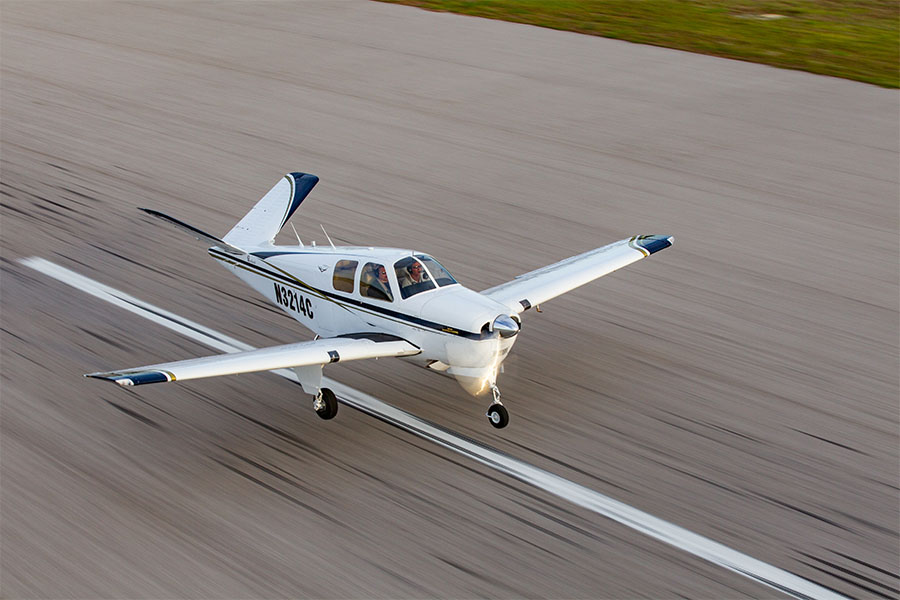Perhaps it was inevitable, but here we are. Private companies are sprouting up advertising turnkey solutions for airports to collect automated landing fees. Scheduled, nonscheduled, ADS-B, transponder-free, it doesn’t matter. Through a system of monitoring open-source data and optically capturing N-numbers, they can track just about any landing aircraft.
We’re still working on the regulatory and legal implications of these systems, though landing fees have been a fixture at large commercial airports for years. They are rarer at small GA airports, as they have been impeded in the past by the lack of an efficient collection system for aircraft that never park and drop by the FBO desk or honesty box. Now there apparently is one.
Landing fees in general aviation set a dangerous precedent. They rank alongside air traffic fees in penalizing safe practices, as the cash register ticks over with each landing. Landing an aircraft is probably the most fundamental — and perishable — skill in aviation, and it is important to be able to practice it at a variety of airports and settings. There are indeed countries where it is commonplace for all airports to charge by the landing. We simply cannot permit that here. Does your local basketball court charge by the free throw practiced?
This is not to say that airports cannot collect fees to sustain themselves. Self-sustainment is an important concept at airports, and there are unique funding challenges at facilities that do not receive federal Airport Improvement Program (AIP) funding, such as privately owned, public-use airports. Probably the most equitable fee an airport can charge is a fuel flowage fee. Like the federal fuel tax that funds the FAA, fuel-based fees are scalable to the type, size, and frequency of operation, where heavier aircraft or frequent fliers pay a bit more. As we say with regard to federal user fees, we have no problem with funding the infrastructure we use, but not in the form of à la carte fees that disincentivize the use of certain parts of the infrastructure and could affect safety as well.
Not to mention, this form of fee collection does feel like an invasion of privacy. In today’s interconnected world, many of us are accustomed to being tracked when we fly, but a technology that identifies even those aircraft that opt out of ADS-B? Pilots in the United States have a unique ability to navigate the airspace with few restrictions, which is a cherished privilege. Getting a bill in the mail that identifies which airport you visited on which date — and how much you now owe — erodes that feeling of freedom.
The most effective pushback against these sorts of fees may well be at the local level. Absent new legislation or regulatory action there may not be a way to prevent these pay-to-land schemes. So engage with your airport sponsors. Let them know this is a bad idea that could easily drive traffic away from the airport.
While each airport — especially those with federal funding — is a node in a national system, the taxpayers and constituents on the local level will likely decide whether these fee systems are successful. It’s yet another reason to engage positively with your local community and airport leadership to show them the value of a healthy GA airport.

